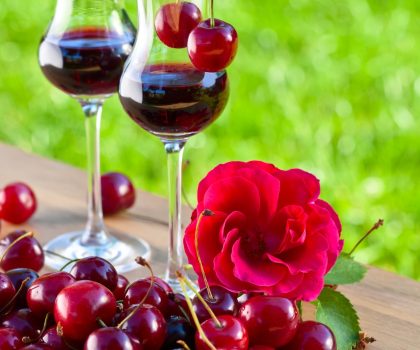Rosso di Montalcino—Brunello’s little brother

By Mary Malik
Last month, we reviewed Brunello di Montalcino and noted that the Brunello name is derived from the Italian word for “brown.” This month’s wine choice, Rosso di Montalcino, was once known as Vermiglio (vermilion), meaning “brilliant red color,” to describe its color.
“Rosso di Montalcino has been called Brunello’s little brother, as it grows in the same dry, rocky soil,” Jim Sperk of the Northern Ohio Wine Guild says. “Although Rosso di Montalcino is lighter with more spiciness and freshness. The Rosso is also released much sooner than the stringent requirements surrounding the Brunello’s release.”
Rosso di Montalcino only needs one year of aging, six months of which must be spent on oak. By Italian law, the Brunello, after harvest and fermentation, must remain in oak casks for a minimum of three years and cannot be released before at least 50 months after harvest.
“Rosso di Montalcino is also required to contain a minimum of 12 percent alcohol,” Jim says. “Although in warmer years the alcohol content can approach 15 percent.”
Jim explains that grapes ripen more quickly in warmer temperatures, leading to a much sweeter fruit. During the fermentation process the yeasts consume those sugars and excrete alcohol. The sweeter the berry, the higher the alcohol.
“Due to the terroir, or the natural environment of where a particular wine is produced, around the village of Montalcino, Rosso possesses a moderate acidity yet is more complex than most other wines based on the Sangiovese grape,” Jim says. “This dry and fruity wine is very food-friendly and is known for easy drinkability.”
Rosso di Montalcino exhibits aromas of roses, cherries and vanilla while the taste shows red fruits and a blend of spices. And since there’s a much shorter aging period involved, the price of a Rosso di Montalcino is much more wallet-friendly than its Brunello brother.
Jim says you can find a bottle of Rosso di Montalcino right around $20.
For information on the Northern Ohio Wine Guild, contact Jim Sperk at tinymoonwines@usa.net.
